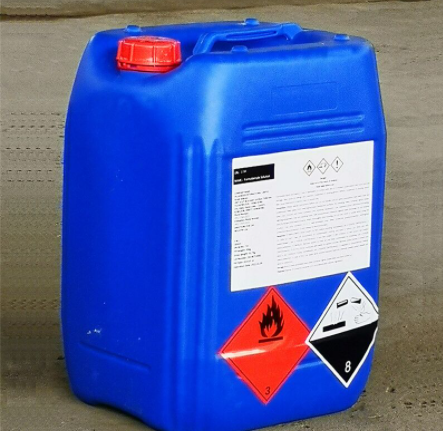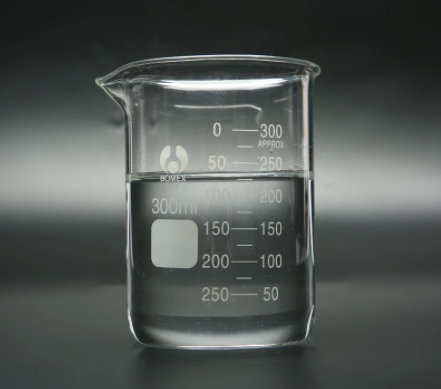Glacial acetic acid is the anhydrous (undiluted or anhydrous) form of acetic acid. Acetic acid is considered an organic compound with the chemical formula CH 3 COOH. Dilute solutions of acetic acid are called vinegar or acetic acid or ethanol. This acid is categorized as a weak acid. This blog lists some of the most common and interesting questions about acetic acid.
Pure acetic acid (99.5% concentration) is also known as glacial acetic acid. Glacial acetic acid has many industrial uses. Vinegar contains 4% to 8% acetic acid and is made from the fermentation of fruit or grain juices/liquids.

Acetic acid (found in vinegar) is a very common weak acid. The ionization of acetic acid is incomplete, so the equation is represented by a double arrow. The degree of ionization of weak acids varies, but is generally less than 10%. Although it is classified as a weak acid, acetic acid is very dangerous to the skin.
Acetic acid is produced and excreted by acetic acid bacteria, specifically Acetobacter spp. and Clostridium acetobutylicum. These bacteria are commonly found in food, water and soil, and naturally produce acetic acid when fruits and other foods spoil.
Effects on humans: Acetic acid in vapor form is a serious irritant to the eyes, mucous membranes, upper respiratory tract and skin. In contact with the skin or eyes, an 80% or higher acetic acid solution may be corrosive and cause severe burns to any exposed tissue.
Presence in vinegar is by no means the primary use of acetic acid, for which it happens to be best known. As mentioned above, acetic acid has excellent antibacterial properties and can be used as a preservative when used as a 1% dilution.
Vinegar is essentially a dilute solution of acetic (acetic) acid in water. Acetic acid is produced by the oxidation of ethanol by acetic acid bacteria, and in most countries, commercial production involves a double fermentation in which ethanol is produced by the fermentation of sugar by yeast.
Acetic acid with very low water content (less than 1%) is called anhydrous (water-free) acetic acid or glacial acetic acid. It is called glacial because it solidifies at 16.7 °C into solid acetic acid crystals that are slightly cooler than room temperature, i.e. ice.
Prolonged skin contact with glacial acetic acid may result in tissue destruction. Inhalation (8 hours) exposure to acetic acid vapor at 10 parts per million (ppm) may cause some irritation of the eyes, nose and throat; significant lung irritation occurs at concentrations of 100 ppm and may cause damage to the lungs, eyes and skin.
White vinegar may have significant health benefits due to its acetic acid content, including blood sugar control, weight control, cholesterol lowering and antibacterial properties.
Acetic acid is soluble in water. Effect on litmus: A small amount of acetic acid is taken in a test tube and a strip of blue litmus paper is dipped into it. The blue litmus turns red. It is acidic by nature.

Acetic acid is produced naturally by certain bacteria (such as Acetobacter spp. and Clostridium acetobutylicum) when they excrete... Acetic acid is also produced naturally when fruits and other foods spoil. In industry, acetic acid is produced by synthesis and bacterial fermentation.
Acetic acid CH3COOH is a weak acid because it is present in solution primarily as intact CH3COOH molecules and rarely as H+ and CH3COO- ions. This further indicates that acetic acid is weak because the strong ions are almost completely ionized.
Please contact XINLONGWEI to find more. We also offer Hydrochloric Acid, Sulfuric Acid, Nitric Acid, Hydrogen Peroxide, Caustic Soda Liquid and Lead Nitrate.
None